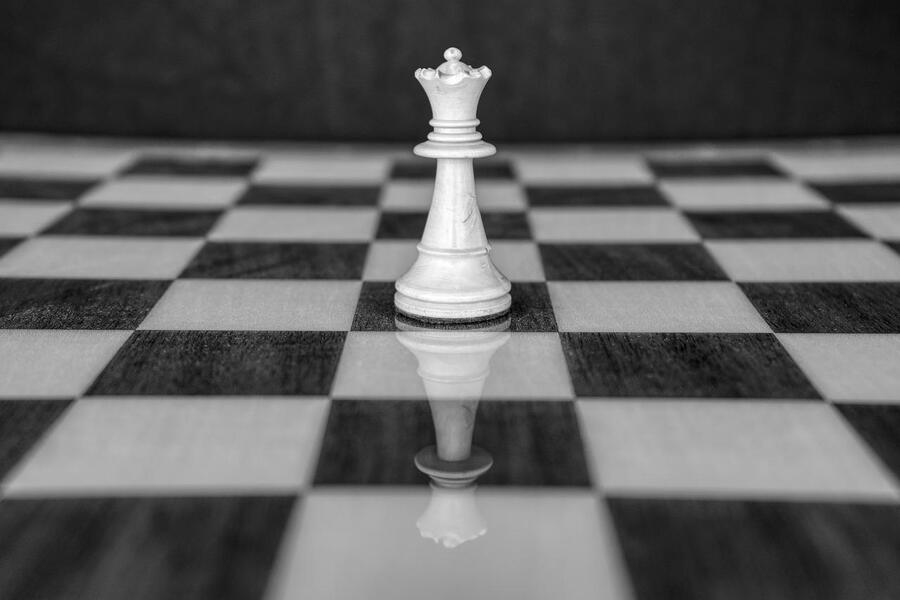Chess Rules & Instructions
Chess Queen: How To Move And Best Use Queen In Chess
The queen, which combines the motions of the rook and the bishop into one piece, becomes the most powerful piece on any high-end chess board. It is the most precious chess piece in terms of pure power (apart from the king, of course). Therefore, it’s crucial to master the art of instilling dread in your opponent with your lethal queen!
Queen In Chess
The queen starts the game on the first rank, right next to the king. Beginning on d1 (a white square), the white queen, and ending on d8, respectively (a black square). The fact that the queen always starts on her own color as opposed to the king, who starts on the square with the opposing color, is a helpful reminder. This also implies that the queenside and kingside of the board may be readily separated.
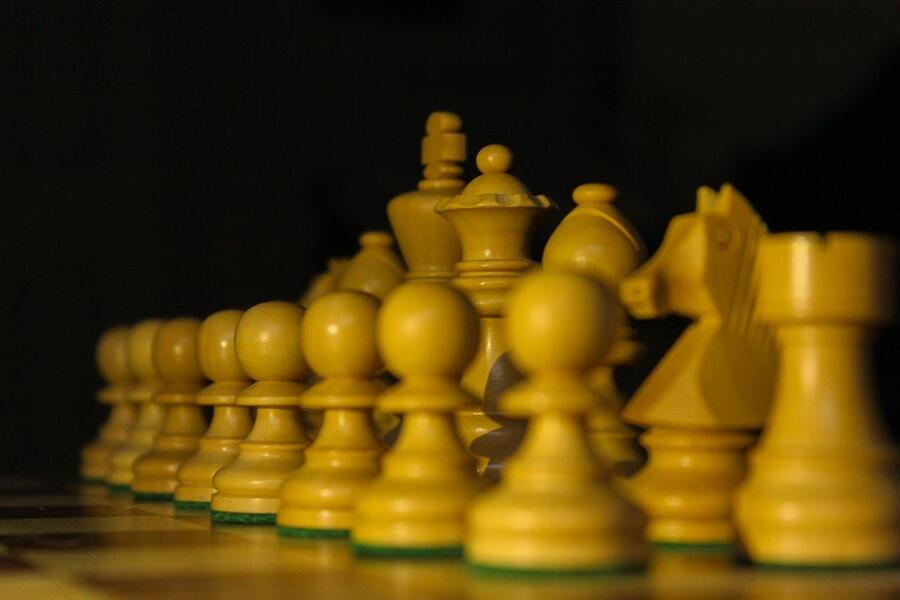
The queen is the most important piece and is essential to a wide variety of tactics. A rook is worth five points, a pawn is for one point, while a bishop and knight are worth three points each. The queen is worth nine points. Because of this, barring extremely rare circumstances, trading your queen for another piece is almost never a good idea. There are countless historical instances of daring sacrifices with queens, including as the renowned “Game of the Century” played by future grandmaster Bobby Fischer. Finally, with his queen trapped on the opposing side of the board, the 13-year-old Fischer checkmated his opponent with a combination of pieces.
How Queen Moves In Chess
The queen is the strongest piece, as was already said. The queen has the ability to attack (or defend) more squares than any other piece, hence this is true!
The queen moves in a way that many other pieces do. It can move like a king in any direction (but the queen is not limited to a single square). Similar to how a rook may move, the queen can also freely move up and down on any file and left and right on any rank. Like a bishop, the queen is likewise allowed to move on any diagonal. The queen moves similarly to a rook and bishop combined, which is a simple way to recall how it behaves.
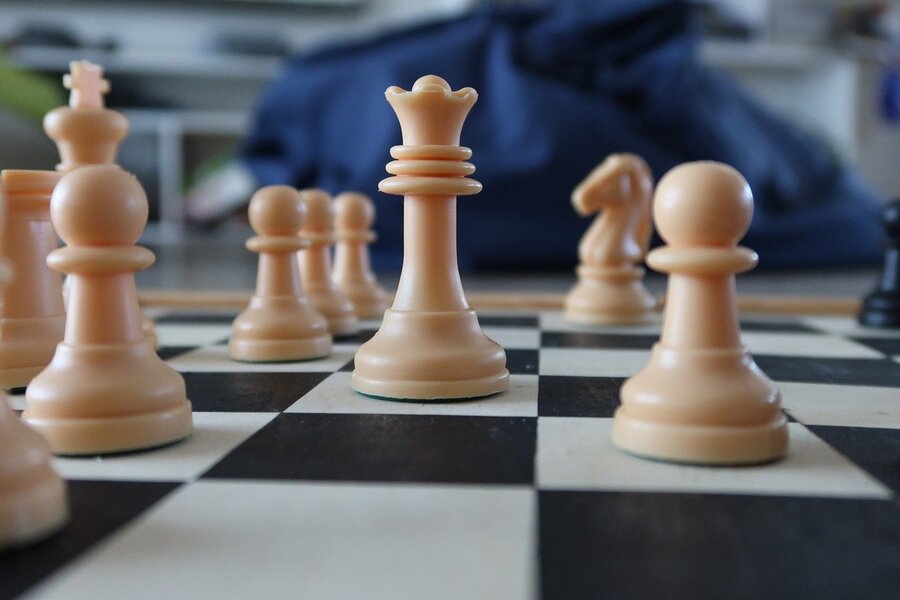
If the queen is not obstructed by another piece or an occupied square, it is free to move as many squares as it chooses. By going to the square where the opponent piece is located, the queen can capture it.
Queen Piece Strategies In Chess
Many novice chess players build up their queens too quickly in the hopes of achieving an early checkmate of the opponent’s king. Rarely is this a wise first step. While it may be tempting to move the queen to the middle of the board right away, doing so puts your queen in danger. Because of this, many seasoned players choose to develop their minor pieces first while saving the queen for the middle or latter stages of the game. This does not imply that in chess you should never develop your queen early though.
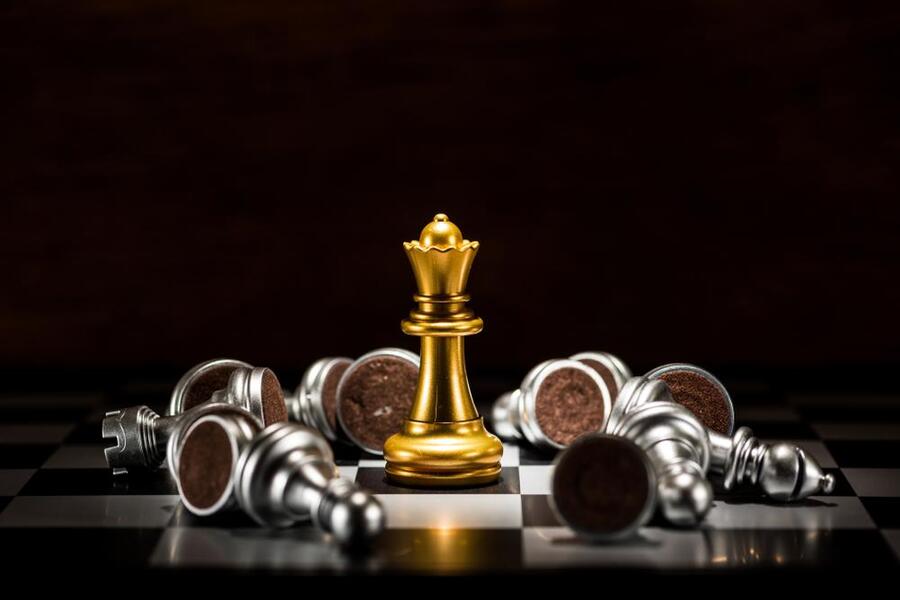
Queens usually cause the most damage in the middle of the game. It’s crucial to safeguard your queen at this era in addition to employing it skillfully. A smart move is one that puts pressure on your opponent without exposing your queen to attack by your opponent’s pieces. Queen-centered chess games sometimes involve a lot of skewers and pins. One typical method of indicating the endgame is by losing the exchange of both queens.
However, there are other endgames that focus on the queen. However, in general, the side of the board with the queen tends to have a clear advantage. Queen-and-pawn endings are one of them that tend to be drawn out and methodical. In this chess tactic, the queen frequently protects a passed pawn from adversarial pieces while the pawn advances to the queening square. As long as you know the proper order of pawn moves, you can typically do this with little effort. The great majority of promoted pawns are made queens (because of their enormous strength). Checkmate is rarely more than a few turns away after pawn promotion. Nevertheless, there are queen-and-pawn scenarios in which a single pawn can compel a draw against a queen.
Queen Piece In Chess Openings
Develop Queen Early In Chess
It’s crucial to keep in mind that you must also grow your other pieces if you develop the queen early. If you bring out your queen chess piece too soon, it will be attacked since it is valuable. This gives your adversary the opportunity to develop his chess pieces quickly and buy time.
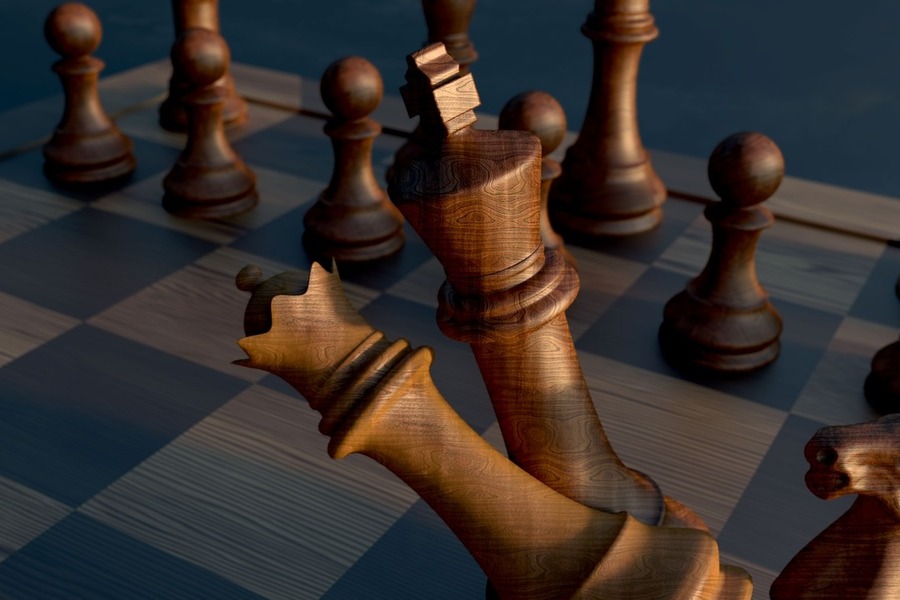
Chess is a complicated game, thus there are instances when deviating from the rules is important. It is usually advisable to adhere to the rules while initially learning chess. You won’t need to spend as much time on opening theory because of this.
Opening Guidelines For Queen In Chess
There are three major principles to follow while playing the chess opening:
- Develop minor pieces (like pawns, bishops and knights).
- Castle.
- Connect rooks, often accomplished by moving the queen to the second rank.
These tips will assist you in reaching the middle game of chess securely so that you may make use of your strong queen.
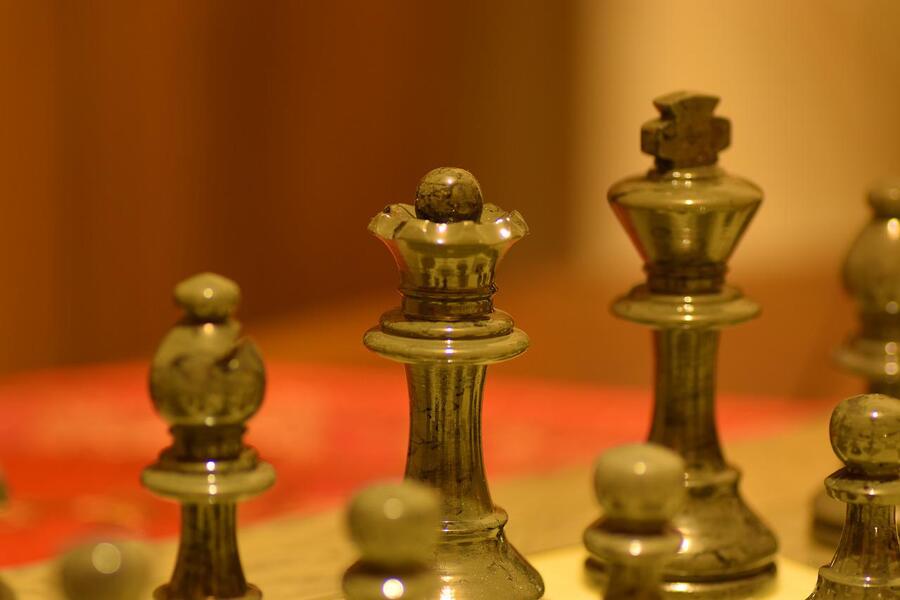
Queen Piece In Chess Middlegames
Queen Best Placement In Chess
The queen is an effective defender and aggressor. Make sure you are using it as often as possible for either attacking or defending. Having your queen on a square when nothing is happening is what you must avoid. Getting the most out of your queen while protecting her safety is a skill that comes with being a skilled chess player.
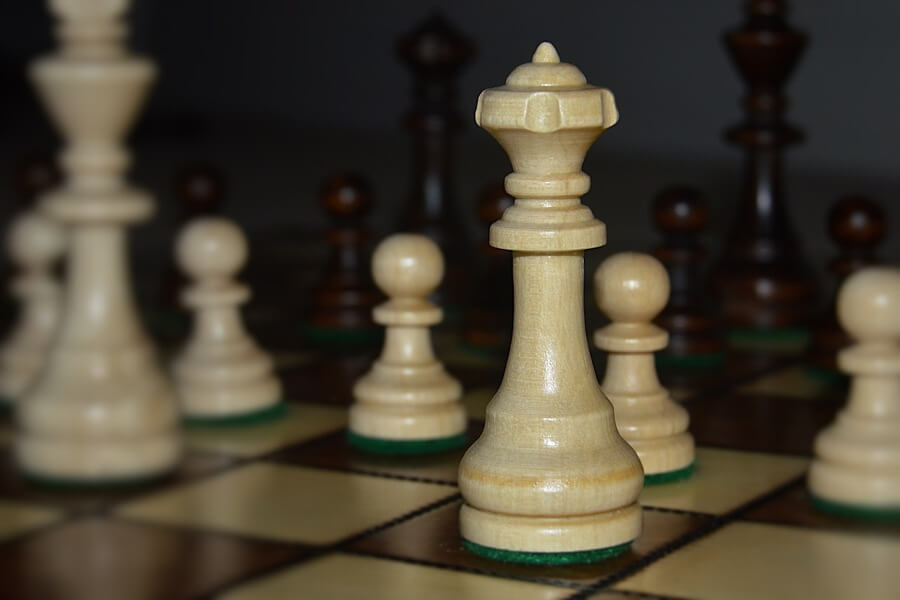
Centralizing your queen is a particularly effective strategy for getting the most out of her. Centralization is a really wise method that benefits many of your components greatly. A chess piece in the center of the board has greater power over squares than one on either side.
Queen Middlegame Strategies In Chess
Learn the middlegame methods of your chess openings to make the most of your queen in chess middlegames. Don’t approach the middlegame and the opener as two distinct phases.
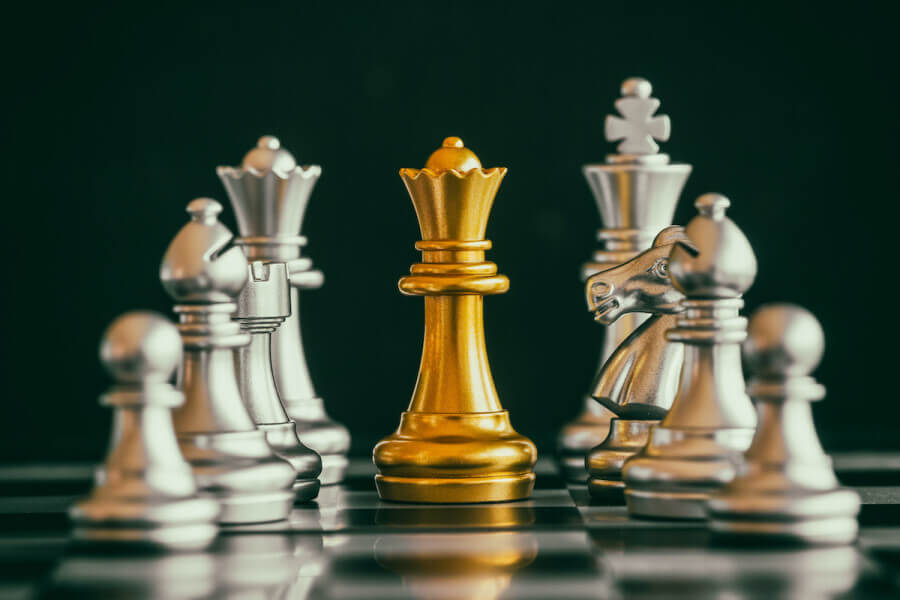
Learn why your queen develops to a specific square before playing your chess opening. You’ll remember your approach better if you know why you put your queen there. In chess, it is crucial to consider your reasoning before making a move. Your play will make you stronger the more purpose it has.
Queen Piece In Chess Endgames
A player will frequently have the opportunity to play with two queens in chess endgames. The fewer pieces mean that promoting a pawn is simpler. Queens do occasionally survive the middle game and enter the end game. Try to move your pawns as far as you can if a queen and pawn endgame is about to start.
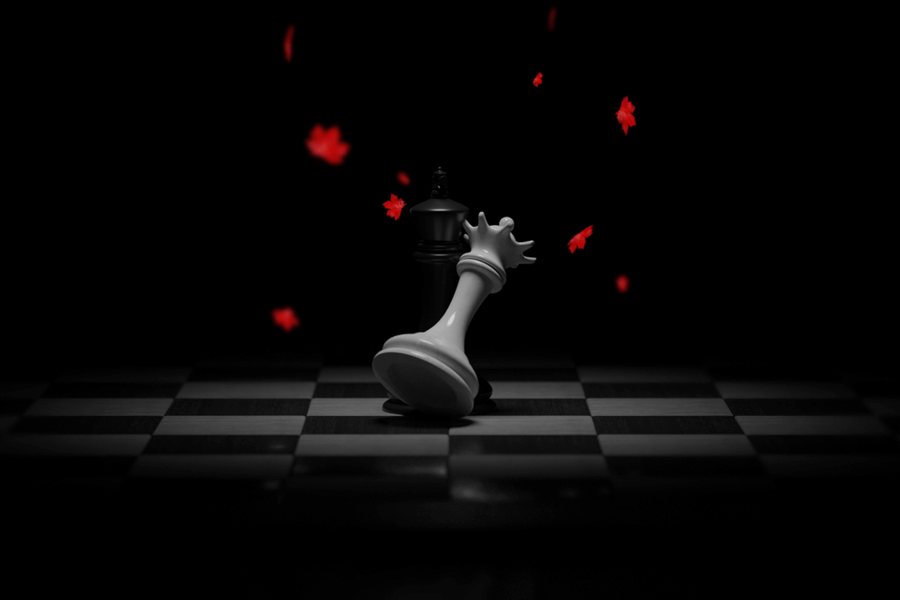
The quality, or how far forward the pawn is, matters more in queen endgames than the monetary worth. Knowing this will let you to make stronger endgame preparations, even if it means sacrificing a few pawns.

